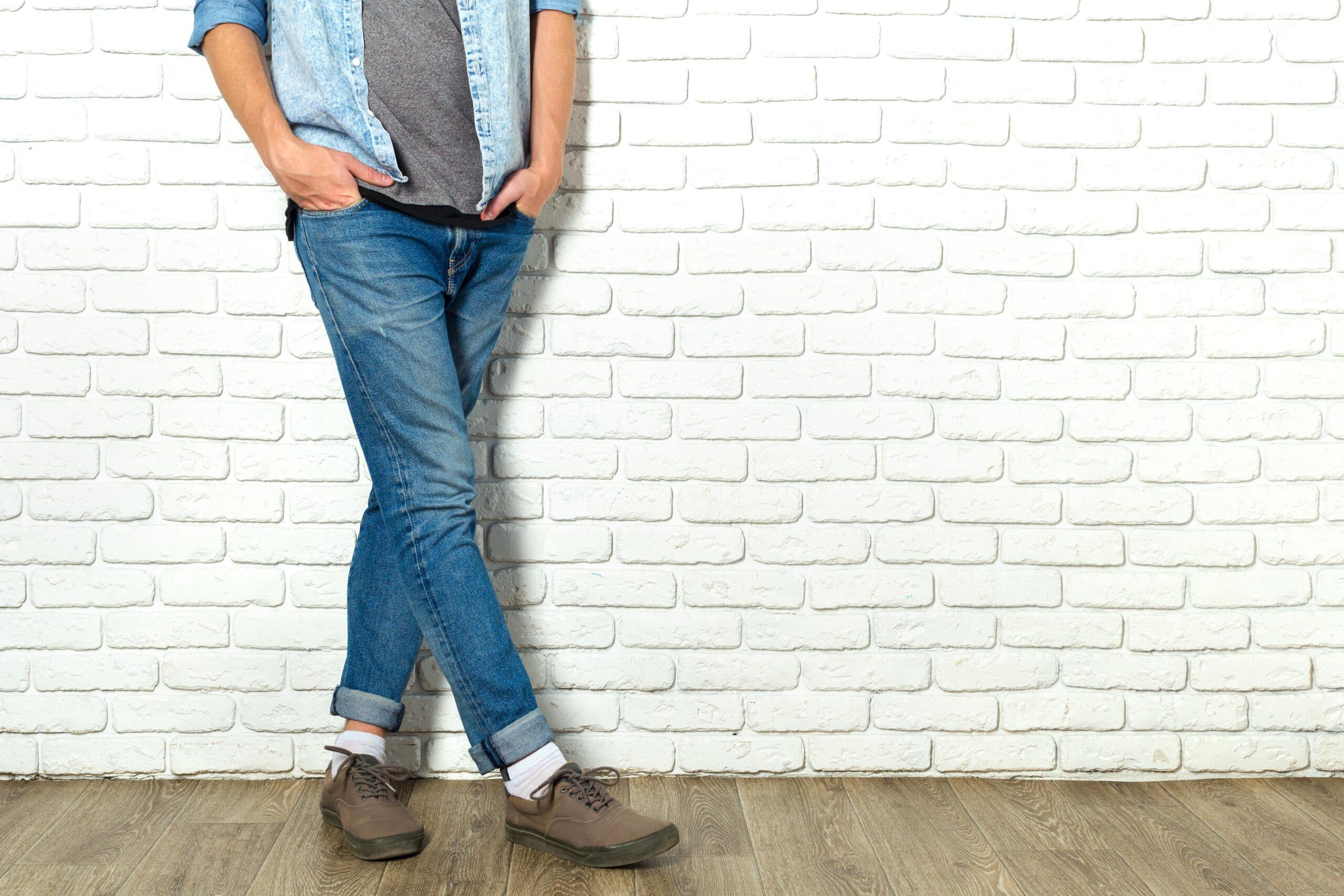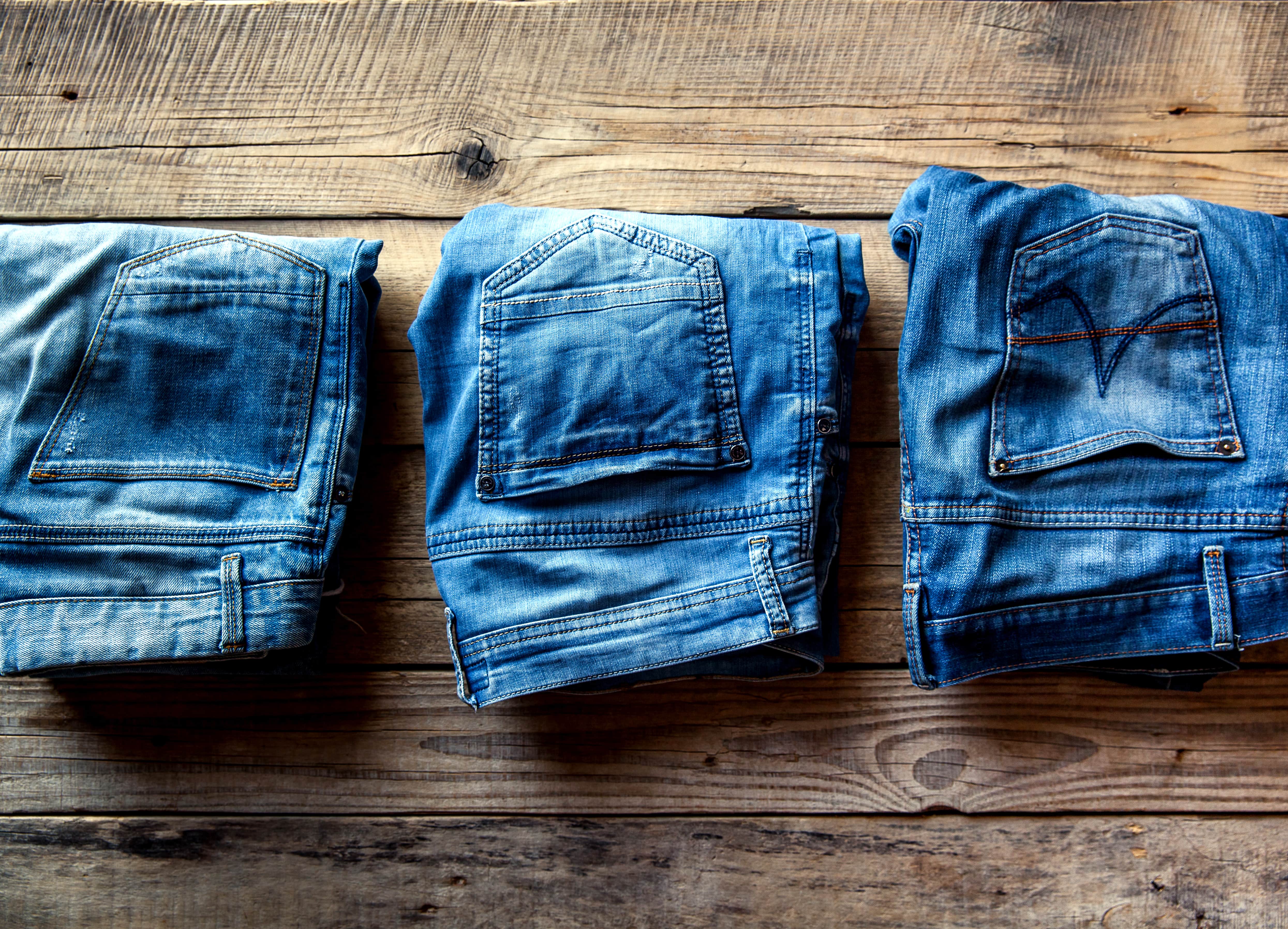In this comprehensive guide of what fashion designer business is, we will delve into the exciting world of fashion designer business, exploring its intricacies, challenges, and rewards. So, grab your sketchbook and let’s embark on this fashionable journey together!
Are you passionate about fashion? Do you have an eye for style and a flair for creativity? If so, you may have considered starting your own fashion designer business. Fashion designers are the masterminds behind the stunning garments we see on runways, in magazines, and on the red carpet.
What is Fashion Designer Business?
Fashion designer business refers to the enterprise of creating, designing, and producing clothing, accessories, and other fashion items. It involves the artistic expression of ideas through the medium of garments, with the goal of creating unique and aesthetically pleasing designs. Fashion designers are responsible for the entire creative process, from conceptualization to the final product.
Starting a fashion designer business requires a deep understanding of the fashion industry, market trends, and consumer preferences. It entails translating creative vision into wearable designs that appeal to a target audience. Fashion designers often work in collaboration with pattern makers, garment manufacturers, and marketing professionals to bring their creations to life.
To succeed in the fashion designer business, one must possess a strong sense of style, an eye for detail, and the ability to anticipate and adapt to ever-changing fashion trends. It is a highly competitive industry that demands constant innovation, creativity, and business acumen.
How to Become a Fashion Designer?
Becoming a fashion designer requires a combination of passion, talent, and dedication. While there is no fixed path to success, here are some steps to help you kickstart your fashion designer journey:
- Develop Your Fashion Design Skills: Hone your skills by enrolling in fashion design courses, either through formal education or online platforms. Learn about fashion history, garment construction, textile knowledge, and design principles.
- Gain Practical Experience: Intern or work for established fashion designers or fashion houses to gain valuable hands-on experience. This will provide you with insights into the industry and help you build a network of contacts.
- Build a Strong Portfolio: Create an impressive portfolio showcasing your best designs. Include sketches, illustrations, and photographs of your work. A well-curated portfolio is essential for attracting clients, investors, and potential employers.
- Stay Updated with Fashion Trends: Immerse yourself in the world of fashion by regularly reading fashion magazines, following influential designers on social media, and attending fashion events. Understanding current and emerging trends will give you a competitive edge.
- Create Your Own Designs: Develop a unique design aesthetic that sets you apart from other fashion designers. Experiment with different styles, fabrics, and techniques to showcase your creativity and versatility.
- Network: Attend industry events, fashion shows, and trade fairs to network with professionals in the field. Building connections can open doors to collaborations, mentorship opportunities, and exposure for your brand.
- Launch Your Brand: Once you have gained sufficient experience and confidence, take the leap and establish your own fashion designer business. Develop a strong brand identity and launch your debut collection.
Remember, success in the fashion industry takes time and perseverance. Stay true to your vision, embrace challenges as learning opportunities, and continuously evolve as a fashion designer.
The Role of a Fashion Designer
The role of a fashion designer extends beyond sketching beautiful designs. Fashion designers are involved in every stage of the creative process, from conceptualization to production. Here are some key responsibilities that fashion designers undertake:
- Researching and Trend Analysis: Fashion designers keep a finger on the pulse of the fashion industry by researching current and upcoming trends. They analyze fashion forecasts, runway shows, street style, and consumer behavior to identify emerging styles and themes.
- Design Conceptualization: Fashion designers translate their creative ideas into visual concepts. They sketch designs, create mood boards, and select color palettes to convey their vision. They consider factors such as fabric choices, silhouettes, and detailing to bring their designs to life.
- Pattern Making: Fashion designers work closely with pattern makers to transform their sketches into technical patterns. They provide instructions on garment construction, sizing, and fitting. Accuracy in pattern making is crucial for achieving desired fit and proportions.
- Fabric Selection and Sourcing: Fashion designers carefully select fabrics that complement their designs. They source high-quality materials, considering factors like texture, drape, and durability. They often collaborate with textile suppliers and manufacturers to obtain the desired fabrics.
- Sample Creation: Fashion designers oversee the creation of garment samples to test their designs. They work closely with skilled artisans and manufacturers to ensure that the samples accurately represent their vision. Adjustments and refinements are made based on fit, comfort, and visual appeal.
- Collaboration with Production Teams: Fashion designers collaborate with garment manufacturers and production teams to ensure efficient and timely production of their designs. They provide instructions, review samples, and monitor quality control throughout the manufacturing process.
- Fashion Show Presentation: Fashion designers showcase their collections through fashion shows or presentations. They organize runway events, select models, and curate the overall aesthetic of the show. Fashion shows serve as a platform to generate buzz, attract buyers, and showcase the brand’s identity.
Fashion designers wear many hats, combining their artistic vision with technical expertise and business acumen. Their ability to balance creativity with practicality is essential for success in the fashion designer business.
Skills Required for Success
To thrive in the competitive world of fashion design, certain skills are crucial for success. Here are some key skills that aspiring fashion designers should develop:
- Creativity: Fashion designers must possess a high level of creativity to conceive innovative designs. They should be able to think outside the box, experiment with new ideas, and push boundaries.
- Drawing and Illustration: Strong drawing and illustration skills enable fashion designers to communicate their ideas visually. They should be proficient in sketching garments, creating technical drawings, and illustrating design details.
- Knowledge of Fashion Trends: Staying updated with fashion trends and industry developments is essential. Fashion designers should have a keen eye for spotting emerging styles, colors, and silhouettes.
- Color and Texture Awareness: Fashion designers should have a deep understanding of colors, their combinations, and their impact on designs. They should also be able to differentiate between various fabric textures and their suitability for different garment types.
- Technical Skills: Proficiency in pattern making, garment construction, and sewing techniques is essential for fashion designers. A solid technical foundation allows designers to transform their designs from concept to reality.
- Attention to Detail: Fashion designers must have a meticulous eye for detail. From garment construction to finishing touches, attention to detail ensures that the final product is of high quality and meets the designer’s vision.
- Communication and Collaboration: Fashion designers need effective communication skills to convey their ideas to clients, manufacturers, and other team members. They should also be skilled at collaborating with professionals from diverse backgrounds.
- Business Acumen: Understanding the business side of the fashion industry is crucial for success. Fashion designers should have knowledge of marketing, branding, pricing, and retail strategies to position their brand effectively.
- Time Management: The fashion industry operates on tight deadlines. Fashion designers must be adept at managing their time efficiently to meet project milestones and deliver on time.
- Resilience: The fashion designer business can be demanding and competitive. Resilience and the ability to handle criticism, setbacks, and rejection are vital for long-term success.
By developing these skills, aspiring fashion designers can enhance their creative abilities and increase their chances of thriving in the industry.
Setting Up Your Fashion Designer Business
Once you have honed your fashion design skills and are ready to take the plunge into entrepreneurship, it’s time to set up your fashion designer business. Here are some crucial steps to follow:
Finding Your Niche
The fashion industry is vast and diverse, catering to various styles, demographics, and market segments. To stand out in the competitive landscape, it’s important to find your niche. Consider your personal style, target audience, and unique selling proposition (USP). Are you drawn to casual wear, luxury fashion, sustainable clothing, or bridal couture? Identifying your niche will help you differentiate your brand and attract the right customers.
Developing a Business Plan
A well-crafted business plan serves as a roadmap for your fashion designer business. It outlines your vision, mission, target market, marketing strategies, financial projections, and growth plans. Your business plan should also include a competitive analysis, highlighting your unique selling points and how you plan to position your brand in the market. Additionally, it’s important to consider aspects like pricing, distribution channels, and production capabilities.
Securing Funding
Starting a fashion designer business requires adequate funding. Assess your financial needs and explore funding options such as personal savings, loans, grants, or investments. Prepare a comprehensive financial plan that includes your startup costs, ongoing expenses, and revenue projections. Having a clear financial strategy will help you secure funding and manage your resources effectively.
By carefully planning and executing these steps, you can lay a strong foundation for your fashion designer business and increase your chances of success.
Building Your Brand
In the fashion industry, building a strong brand is essential for gaining recognition, attracting customers, and establishing credibility. Here are some key strategies for brand building in the fashion designer business:
Creating a Unique Design Aesthetic
A distinctive design aesthetic sets your brand apart from others in the industry. It reflects your creative vision, values, and the essence of your brand. Define your design aesthetic by considering elements such as color palettes, silhouettes, fabric choices, and design motifs. Consistency in your design aesthetic will help you create a recognizable brand identity.
Establishing an Online Presence
In today’s digital age, having a strong online presence is crucial for brand visibility and reach. Create a professional website that showcases your portfolio, brand story, and contact information. Utilize social media platforms such as Instagram, Facebook, and Pinterest to share your designs, engage with your audience, and build a community around your brand. Regularly update your online platforms with fresh content and behind-the-scenes glimpses of your creative process.
Collaborating with Influencers and Celebrities
Collaborating with influencers and celebrities can significantly boost your brand’s visibility and credibility. Identify individuals whose style aligns with your brand and explore collaboration opportunities. This could involve dressing celebrities for red carpet events, partnering with influencers for sponsored content, or participating in fashion editorials. Such collaborations can expose your brand to a wider audience and generate buzz.
By implementing these brand-building strategies, you can create a strong brand presence and increase brand loyalty in the competitive fashion industry.
The Fashion Design Process
The fashion design process is a creative journey that transforms ideas into tangible garments. While the process may vary depending on the designer’s style and preferences, here are the key stages involved:
Research and Inspiration
Before starting any design, fashion designers engage in extensive research and seek inspiration from various sources. This could include studying fashion history, exploring art and culture, observing nature, or analyzing current trends. Research helps designers develop a concept, identify themes, and gather visual references.
Sketching and Concept Development
Once inspired, fashion designers begin sketching their ideas on paper or using digital tools. They experiment with different silhouettes, details, and proportions. Sketches help designers visualize their designs and make initial decisions regarding shapes, cuts, and embellishments. Designers also create mood boards to capture the desired aesthetic and overall theme of the collection.
Fabric Selection and Sourcing
After finalizing the design concepts, fashion designers carefully select fabrics that complement their designs. They consider factors such as texture, drape, color, and suitability for the intended garments. Fabric sourcing involves researching suppliers, visiting fabric fairs, and ordering swatches for testing.
Pattern Making and Sample Creation
Once fabrics are selected, fashion designers work with pattern makers to translate their sketches into technical patterns. Patterns serve as blueprints for garment construction, specifying measurements, seams, and shape details. Pattern makers create muslin prototypes to test the fit and make necessary adjustments before proceeding to the final garment samples.
Garment Production
Once the patterns are finalized and samples are approved, fashion designers collaborate with manufacturers or production teams to commence full-scale garment production. This stage involves cutting fabrics, sewing, and assembling the garments. Quality control measures are implemented to ensure that the final products meet the designer’s specifications.
The fashion design process is a cyclical journey, where each stage informs and influences the next. It requires attention to detail, technical expertise, and a keen understanding of materials to bring the designer’s vision to life.
Marketing and Promoting Your Designs
Marketing and promoting your designs effectively are crucial for gaining visibility, attracting customers, and driving sales. Here are some strategies to market and promote your fashion designer business:
Fashion Shows and Runway Presentations
Fashion shows provide a platform for designers to showcase their collections to a targeted audience, including buyers, media, and fashion enthusiasts. Organize your own fashion show or participate in fashion weeks and events to generate buzz around your brand. Runway presentations allow you to curate the overall aesthetic, create memorable experiences, and gain media coverage.
Social Media Marketing
Harness the power of social media platforms to create brand awareness and engage with your audience. Develop a social media strategy that aligns with your brand identity and target market. Regularly share high-quality images of your designs, behind-the-scenes glimpses, and engaging content. Collaborate with influencers to reach a wider audience and leverage user-generated content to build brand credibility.
Collaborations and Partnerships
Collaborating with other brands, influencers, or retailers can amplify your brand’s visibility. Partner with complementary brands for joint collections, collaborate with influencers for product endorsements, or explore collaborations with retailers for exclusive collections. Such partnerships can expand your reach, tap into new markets, and introduce your brand to a wider audience.
Remember to consistently refine your marketing strategies, analyze customer feedback, and adapt to emerging trends. Effective marketing and promotion can significantly impact the success of your fashion designer business.
Challenges in the Fashion Designer Business
The fashion designer business is not without its challenges. Here are some key challenges faced by fashion designers:
Fast Fashion and Sustainability
The rise of fast fashion has increased the demand for affordable, quickly produced garments, often at the expense of ethical and sustainable practices. Balancing the need for commercial viability with sustainable and ethical choices poses a significant challenge for fashion designers. Finding innovative ways to create sustainable collections, use eco-friendly materials, and promote ethical production is crucial in addressing this challenge.
Staying Ahead of Trends
The fashion industry is highly dynamic, with trends constantly evolving. Staying ahead of trends and maintaining a unique creative vision can be challenging. Fashion designers need to anticipate and interpret trends while retaining their distinctive design aesthetic. Continuous research, trend analysis, and a deep understanding of consumer preferences are essential for staying relevant.
Balancing Creativity and Commercial Viability
Fashion designers often face the challenge of striking a balance between artistic expression and commercial viability. Designs need to appeal to the target market and meet customer demands while maintaining the designer’s creative integrity. It requires careful consideration of market trends, consumer preferences, and production costs to create designs that are both innovative and commercially successful.
These challenges are not insurmountable but require creative problem-solving, adaptability, and a deep understanding of the fashion industry.
Legal Considerations and Intellectual Property Protection
In the fashion designer business, intellectual property protection is crucial to safeguard original designs and brand identity. Here are some legal considerations to keep in mind:
- Copyright: Copyright protection applies to original creative works, including fashion designs. Registering your designs with the appropriate authorities can provide legal protection against unauthorized use or copying.
- Trademarks: Trademarks protect your brand identity, including your brand name, logo, and other distinctive elements. Registering your trademarks prevents others from using similar marks that may cause confusion among consumers.
- Contracts: When collaborating with manufacturers, suppliers, or other professionals, it is important to have clear and legally binding contracts in place. Contracts outline the rights, responsibilities, and terms of the partnership or collaboration, protecting the interests of all parties involved.
Consulting with legal professionals specializing in fashion law can provide guidance and ensure compliance with intellectual property laws and regulations.
Fashion Designer Business Success Stories
Examining the success stories of renowned fashion designers can provide inspiration and insights into the industry. Here are three iconic fashion designers and their contributions:
Coco Chanel: A Timeless Legacy
Coco Chanel revolutionized women’s fashion in the early 20th century. Known for her elegant and practical designs, she popularized the little black dress, introduced comfortable jersey fabrics, and created the iconic Chanel suit. Her brand, Chanel, continues to be synonymous with timeless sophistication and luxury.
Alexander McQueen: Pushing Boundaries
Alexander McQueen was known for his avant-garde designs and theatrical runway shows. He pushed the boundaries of fashion, combining impeccable tailoring with unconventional materials and themes. His bold and provocative creations continue to inspire and challenge the fashion industry.
Stella McCartney: Ethical Fashion Advocate
Stella McCartney is a pioneer in sustainable and ethical fashion. She is committed to using cruelty-free materials and promoting eco-friendly production practices. Her brand emphasizes conscious consumerism without compromising on style and quality.
These success stories demonstrate the impact of visionary designers who pushed creative boundaries, carved their unique paths, and left a lasting legacy in the fashion industry.
FAQs About Fashion Designer Business
How much money do fashion designers make?
Fashion designers’ earnings can vary significantly depending on factors such as experience, reputation, brand success, and industry demand. According to the U.S. Bureau of Labor Statistics, the median annual wage for fashion designers was $75,810 as of May 2020. However, it is important to note that success in the fashion industry often involves building a brand, which can lead to substantial earnings through various revenue streams.
Is a fashion degree necessary to become a fashion designer?
While a formal fashion degree is not always a requirement, it can provide valuable knowledge and skills. Fashion programs offer education in design principles, garment construction, textiles, and industry practices. However, practical experience, a strong portfolio, and networking can also pave the way for a career in fashion design.
What are the biggest challenges for aspiring fashion designers?
Aspiring fashion designers face several challenges, including intense competition, staying ahead of trends, securing funding, and establishing a unique brand identity. It is crucial to develop a strong design aesthetic, continuously update skills, and have a deep understanding of the fashion industry.
How long does it take to establish a successful fashion designer business?
The timeline for establishing a successful fashion designer business can vary. It depends on factors such as market conditions, brand strategy, networking, and marketing efforts. It can take several years to build a strong brand presence, gain recognition, and achieve commercial success. Patience, perseverance, and dedication are essential throughout the journey.
What are the key factors for building a strong brand in the fashion industry?
Building a strong brand in the fashion industry requires a combination of factors. These include a distinctive design aesthetic, consistent branding, effective marketing strategies, collaborations with influencers or celebrities, and providing a unique value proposition to the target market. Establishing a strong online presence and maintaining high-quality products and customer experience are also crucial.
What are some popular fashion design software tools?
Fashion designers often utilize software tools to enhance their design process. Some popular software tools include Adobe Illustrator for creating digital sketches and technical drawings, Adobe Photoshop for image editing and textile design, and 3D modeling software such as CLO 3D for virtual garment prototyping.
Conclusion
Starting a fashion designer business is an exciting endeavor that requires a combination of creativity, technical skills, and business acumen. From conceptualizing designs to building a strong brand, fashion designers navigate a competitive landscape while staying true to their artistic vision.
By understanding the intricacies of the fashion industry, honing their skills, and embracing challenges, aspiring fashion designers can make their mark and contribute to the ever-evolving world of fashion.










